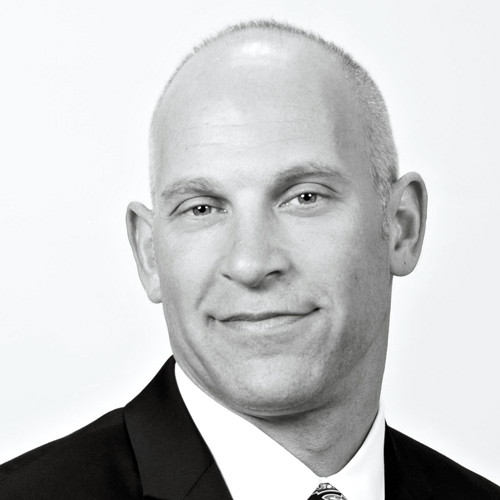When Catherine Callaway joined Dynegy in 2011, the company was in transition. A massive restructuring was in motion, Robert Flexon had taken the helm as CEO, a completely new management team was being built, and a chapter 11 process was underway. Fortunately, after 24 years working in the energy industry—specifically with companies in complicated financial situations—Callaway was no stranger to the challenges that come with such big changes. As a person who thrives under pressure, the general counsel was ready to face each one with a clear understanding of the industry and its accompanying legal issues.
Dynegy is a Houston-based energy company with the capacity to supply power to 21 million homes. The company operates several plants around the United States and has a retail arm that directly serves residents and business in Illinois, Ohio, and Pennsylvania. By the time Dynegy came out of bankruptcy in October 2012, the company had fewer assets than before, but the same set of fixed costs within its existing corporate structure. Changes had to be made to move forward, so under Flexon’s leadership and with Callaway’s guidance, the company shifted its focus toward maximizing efficiency, increasing assets, and capitalizing on the results. It was the perfect foundation for growth.
“We had a great support platform in Houston,” says Callaway. “So as we grew, we were able to achieve huge synergies in the process.” Dynegy moved from a high-rise to a one-story building with simple, open office space that promoted collaboration and equality, while reducing redundancies. Emphasis was placed on developing a culture of diversity, equality, and unity under the motto, “Energizing you, powering our communities,” which was especially important as Dynegy began to acquire new facilities and assets.
Dynegy’s first postbankruptcy acquisition was a portfolio of five coal power plants in southern Illinois from Ameren in 2013. That purchase kick-started the company’s growth and was a natural fit because the plants were in Dynegy’s existing regional footprint. In 2014, however, as the company sought to expand its footprint and diversify its assets, it simultaneously acquired Duke’s Midwest Generation plants and Energy Capital Partners’ Equipower plants, a total of 19 new facilities added to the Dynegy portfolio. “Both were amazing opportunities, so we pursued them at the same time, not believing we’d be successful,” says Callaway. “We were able to bring our financing package together but negotiate two separate transactions and announce both transactions at the same time.” Combined, this double acquisition was a $6 billion deal and doubled the size of the company.
Not only did these acquisitions prompt tremendous growth for Dynegy, they allowed the company to diversify its fuel mix (expanding from primarily coal- to gas-fired plants) and enter the most lucratively promising geographic market structures in the industry. On top of that, all plants were already environmentally compliant with current and pending requirements, and Duke’s portfolio included a retail business. “We had a clear vision of the type of assets we wanted to acquire, so we concentrated in those areas,” says Callaway. In spite of all the ways these companies were different, they fit together perfectly as one Dynegy.
Dynegy is federally regulated, so all transactions of this size must be approved by the Department of Justice. Because of that, Callaway and her legal team took great care to prepare for the acquisitions by ensuring they were in full compliance. They took the company through a screening process to ensure the purchases wouldn’t give them too much market power. They did due diligence to understand the true assets and liabilities of the acquired companies, especially those related to the environment. They carefully considered financing and Dynegy’s ability to pay for the new assets. Callaway herself was directly involved in negotiating the sale and documenting the transactions, and throughout the process, she exercised great discretion as an active buyer of two companies who did not know the other was being pursued as well. She structured documents and deals while directing her attorneys, and they all worked around the clock for months. “I have an amazing team, which made the process much easier,” says Callaway. “I am also fortunate to have a CEO who is supportive of us and understands the value we bring.”
With so many new plants and employees from different backgrounds and regions, Callaway has taken the company motto to heart and is leading by example. Over the next year, she plans to visit every plant and host meetings during each shift in order to meet with all employees. “The people working in the power plants are the key to what we’re doing,” she says. “I strongly feel that every single one of them understands that it is my job to support them.”
Integrating the newly acquired companies into Dynegy’s existing culture and structure is a priority in the coming months. Merging systems and continuing to increase efficiency are also key goals, and the potential for future acquisitions is always on Callaway’s radar. Having now crossed to the other side of a difficult transition, Dynegy continues to approach challenges as opportunities.


